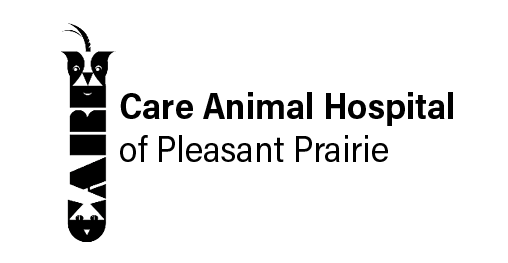Library
-
Transmissible venereal tumors (TVTs), often found in genital areas, are spread through contact with other dogs, most often sexual contact. The tumors are usually cauliflower-like in appearance. Diagnosis and treatment is discussed.
-
It can take a week to a year to introduce or reintroduce cats—you cannot rush the process. The cats must remain separated unless supervised. If there is steady progress but still specific contexts in which aggression continues, you likely need to consult a behavior professional who can recommend other strategies. Alternatively, the cats may need always to be supervised or separated to prevent conflict at high-risk times.
-
Your cat has allergies. These instructions have been provided by your veterinary healthcare team to help you treat your cat for her specific allergy. The instructions that relate to your cat are checked.
-
Your dog has allergies. These instructions have been provided by your veterinary healthcare team to help you treat your dog for his specific allergy. The instructions that relate to your dog are checked.
-
This handout summarizes the various forms of treatment for cats with asthma and includes a list of treatment instructions for home care. Treatment options include corticosteroids, bronchodilators, and inhaler use. Warning signs for cat owners to watch out for are included.
-
Trifluridine is an antiviral topical medication used to treat viral infections of the eye, such as herpesvirus-1 in cats. Give as directed. Side effects include eye irritation. Do not use in pets with an allergy to this medication. If a negative reaction occurs, please call the veterinary office.
-
Trypsin-like immunoreactivity (TLI) is a blood test that measures the amount of a pancreatic proenzyme called trypsinogen. This measurement correlates with the amount of pancreatic enzymes released into the intestine to aid in digestion. A low measurement indicates exocrine pancreatic insufficiency. Concurrent pancreatitis or tests done shortly after a meal may temporarily increase this measurement to a normal value (false negative).
-
Tube feeding is important to maintain adequate nutrition and prevent liver problems in cats that are anorexic for at least 2 days. Tube feeding may be needed because of a mechanical problem interfering with ingestion of food or because of a systemic illness that is causing the cat to be anorexic. There are several different options for tube feeding. Naso-esophageal/naso-gastric intubation passes a tube down the nose into the esophagus and sometimes into the stomach. This is only suitable for short term feeding. Placement of an esophageal tube requires sedation or anesthesia as a hole is made through the skin and esophagus to pass the tube through into the esophagus. An esophageal tube can be maintained for weeks to months. A gastrostomy tube requires anesthesia to pass a tube through the skin directly into the stomach. This is beneficial for longer term feeding. A tube must be protected to prevent the cat from pulling it out. The recommended diet is administered in liquid form by a syringe several times a day. Complications are rare with clogging and inadvertent removal most common.
-
Tumors are cancerous growths. They may be found on the surface of a bird's body or in the internal organs. Veterinary examination of any growth or lump is highly advised as tumors may grow rapidly or spread.
-
Lipomas are fatty tumors that affect a variety of pet birds. These are typically benign fatty growths found under the skin. It is classically considered to have both a nutritional and genetic factor for development.


